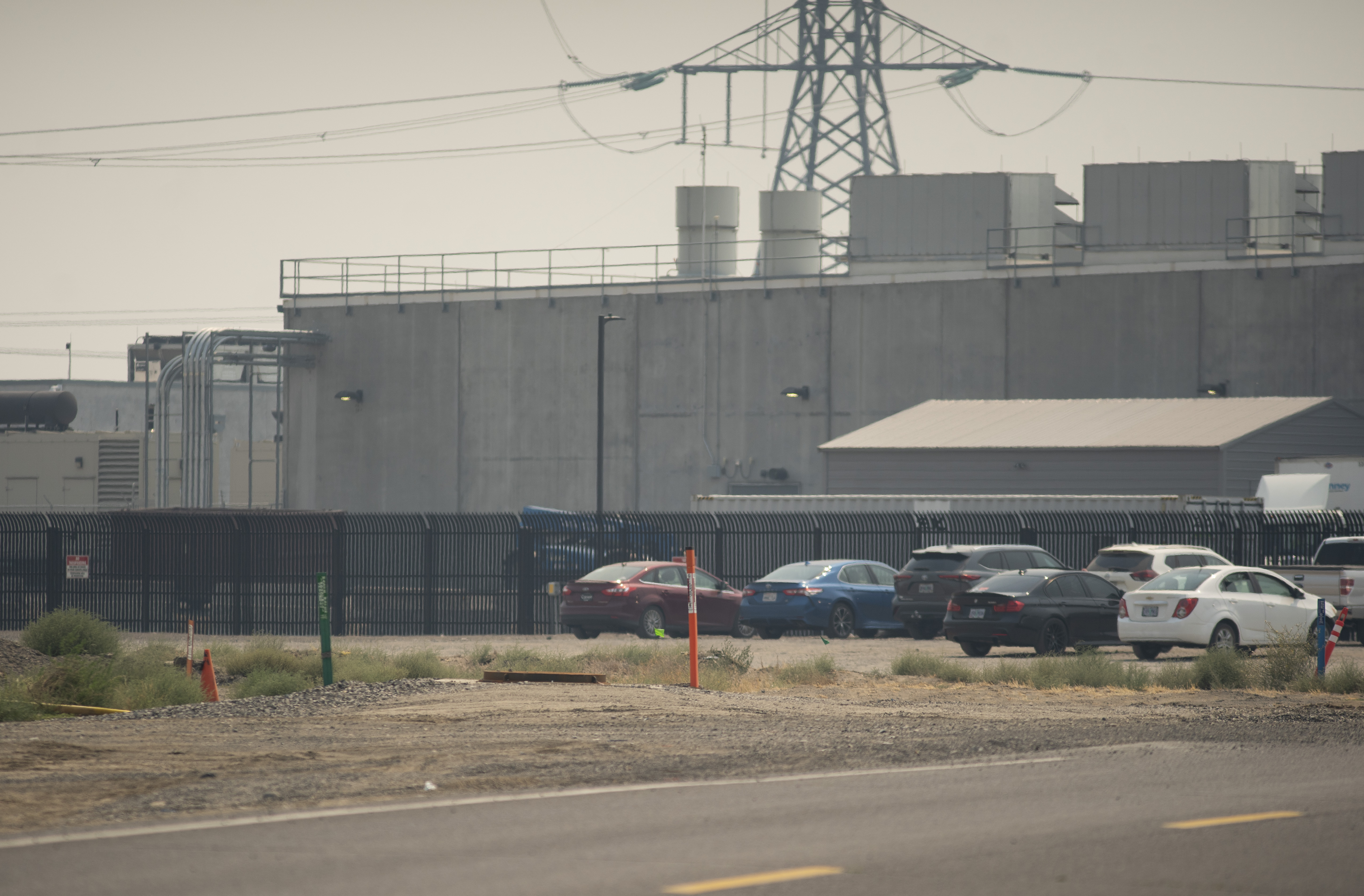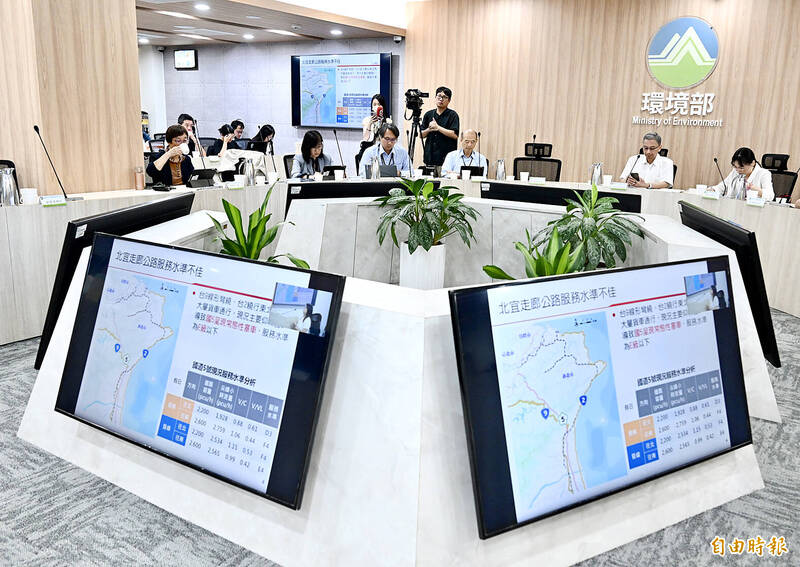
The European Commission’s Joint Research Centre evaluates the environmental impacts of single-use and reusable food and beverage packaging

The European Commission’s Joint Research Centre (JRC) has conducted a data-based study evaluating the environmental impacts of single-use and reusable food and beverage packaging in a range of materials and serving contexts. However, the Alliance for Sustainable Packaging for Foods (ASPF) cautions that the study fails to consider the role of food preservation and safety in the pursuit of more sustainable packaging solutions.
A general overview
Reusable packaging has been proposed as a solution to meeting the EU’s climate targets and reducing the environmental impacts of packaging. However, concerns about waste generation and overall life cycle impacts have led companies, consumers, and policymakers to seek more sustainable packaging solutions. According to Eurostat, individual EU inhabitants generated an estimated 177.9kg of packaging waste in 2020, with most of the waste being made of paper and cardboard, followed by plastic and glass. The JRC warns that the amount of single-use packaging generated continues to increase, putting strain on the EU’s waste management system and hindering recycling efforts.
The study focuses on Article 26 of the Packaging and Packaging Waste Regulation, which sets targets for the use of reusable packaging in the food and beverage sector. It also considers Article 22, Annex V.3 of the Regulation, which calls for a complete transition to 100% reusable packaging in the dine-in HORECA sector by 2030.
To assess the environmental performance of single-use and reusable packaging, the JRC uses a life cycle assessment approach and models different scenarios in Microsoft Excel. The results are normalized and weighted to calculate an EF Single Score, which allows for the evaluation of the overall environmental impacts of products or scenarios.

Cups
The study compares the environmental performance of single-use and reusable cups for hot or cold beverages. The results show that reusable cups generally have a lower environmental impact, despite the need for washing. However, single-use cups perform better in certain categories, such as climate change and resource use. The overall Single Score suggests that reusable packaging performs slightly better, but the impacts vary depending on the specific scenario.
The study also analyzes the environmental impact of cartonboard production and the use of beverage container lids. It highlights the importance of accurate data and the need for further research to improve the environmental performance of packaging materials.
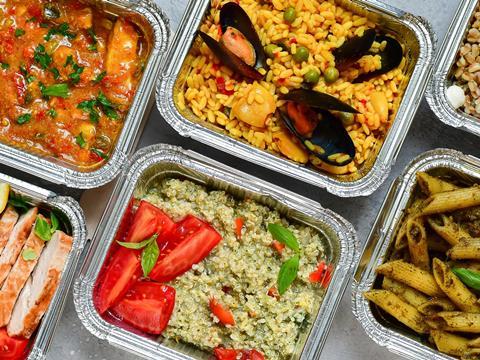
Trays
The study examines the life cycle impacts of single-use and reusable trays used in takeaway food applications. The results show that reusable trays have lower impacts in most categories, except for certain resource uses. However, the impacts vary depending on the specific scenario and assumptions made about consumer behavior and recycling rates.
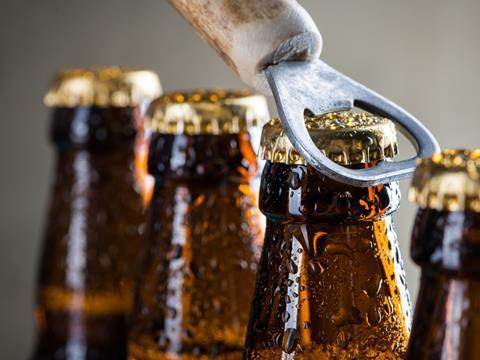
Cans and beer bottles
The study compares the environmental impacts of single-use and reusable cans and beer bottles. The results show that the environmental performance varies depending on the specific packaging material. Single-use cans and reusable plastic bottles have different impacts in different categories, such as climate change and water use. The overall Single Score suggests that the environmental impacts of single-use packaging are lower in some simulations, while reusable packaging performs better in others.
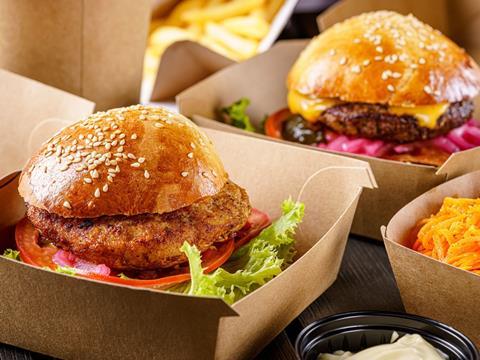 SDG 13: Climate Action
SDG 13: Climate Action
Analysis
1. Which SDGs are addressed or connected to the issues highlighted in the article?
The issues highlighted in the article are connected to the following SDGs:
- SDG 12: Responsible Consumption and Production
- SDG 13: Climate Action
- SDG 14: Life Below Water
- SDG 15: Life on Land
2. What specific targets under those SDGs can be identified based on the article’s content?
The specific targets identified based on the article’s content are:
- Target 12.3: By 2030, halve per capita global food waste at the retail and consumer levels and reduce food losses along production and supply chains, including post-harvest losses.
- Target 12.5: By 2030, substantially reduce waste generation through prevention, reduction, recycling, and reuse.
- Target 13.3: Improve education, awareness-raising, and human and institutional capacity on climate change mitigation, adaptation, impact reduction, and early warning.
- Target 14.1: By 2025, prevent and significantly reduce marine pollution of all kinds, in particular from land-based activities, including marine debris and nutrient pollution.
- Target 15.1: By 2020, ensure the conservation, restoration, and sustainable use of terrestrial and inland freshwater ecosystems and their services, in particular forests, wetlands, mountains, and drylands, in line with obligations under international agreements.
3. Are there any indicators mentioned or implied in the article that can be used to measure progress towards the identified targets?
Yes, there are indicators mentioned or implied in the article that can be used to measure progress towards the identified targets:
- Indicator 12.3.1: Food loss index
- Indicator 12.5.1: National recycling rate, tons of material recycled
- Indicator 13.3.1: Number of countries that have integrated mitigation, adaptation, impact reduction, and early warning into primary, secondary, and tertiary curricula
- Indicator 14.1.1: Index of coastal e
Behold! This splendid article springs forth from the wellspring of knowledge, shaped by a wondrous proprietary AI technology that delved into a vast ocean of data, illuminating the path towards the Sustainable Development Goals. Remember that all rights are reserved by SDG Investors LLC, empowering us to champion progress together.
Source: packagingeurope.com

Join us, as fellow seekers of change, on a transformative journey at https://sdgtalks.ai/welcome, where you can become a member and actively contribute to shaping a brighter future.



